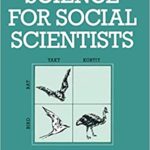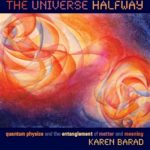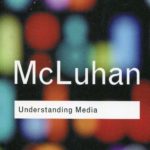![O que é “tecnociência”? (Haraway 2018 [1997]) O que é “tecnociência”? (Haraway 2018 [1997])](https://www.laspa.slg.br/wp-content/uploads/2021/04/terranova_1-1024x578-1.png)
O que é “tecnociência”? (Haraway 2018 [1997])
It is the nonhyphenated energy of technoscience that makes me adopt the term. This condensed signifier mimes the implosion of science and technology into each other in the past two hundred years around the world. I want to use technoscience to designate dense nodes of human and nonhuman actors that are brought into alliance by the material, social, and semiotic technologies through which what will count as nature and as matters of fact get constituted for – and by – many millions of people. All the actors in technoscience are not scientists and engineers, and scientists and engineers are an unruly lot. […] Technoscience is heterogeneous cultural practice that enlists its members in all of the ordinary and astonishing ways that anthropologists are now accustomed to describing in other domains of collective life. […] Technoscience also designates a condensation in space and time, a speeding up and concentrating of effects in the webs of knowledge and power. In what gets politely called modernity and its after life (or half-life), accelerated production of natural knowledge pervasively structures commerce, industry, healing, community, war, sex, literacy, entertainment, and worship. The world-building alliances of humans and nonhumans in technoscience shape subjects and objects, subjectivity and objectivity, action and passion, inside and outside in ways that enfeeble other modes of speaking about science and technology In short, technoscience is about worldly, materialized, signifying and significant power. (HARAWAY, Donna. 2018. Modest_Witness@Second_Millenium. FemaleManC_Meets_OncoMouseTM: feminism and technoscience. New York: Routledge, p.50-1 [1997])




 LaSPA is located at the Institute of Philosophy and Human Sciences (
LaSPA is located at the Institute of Philosophy and Human Sciences (